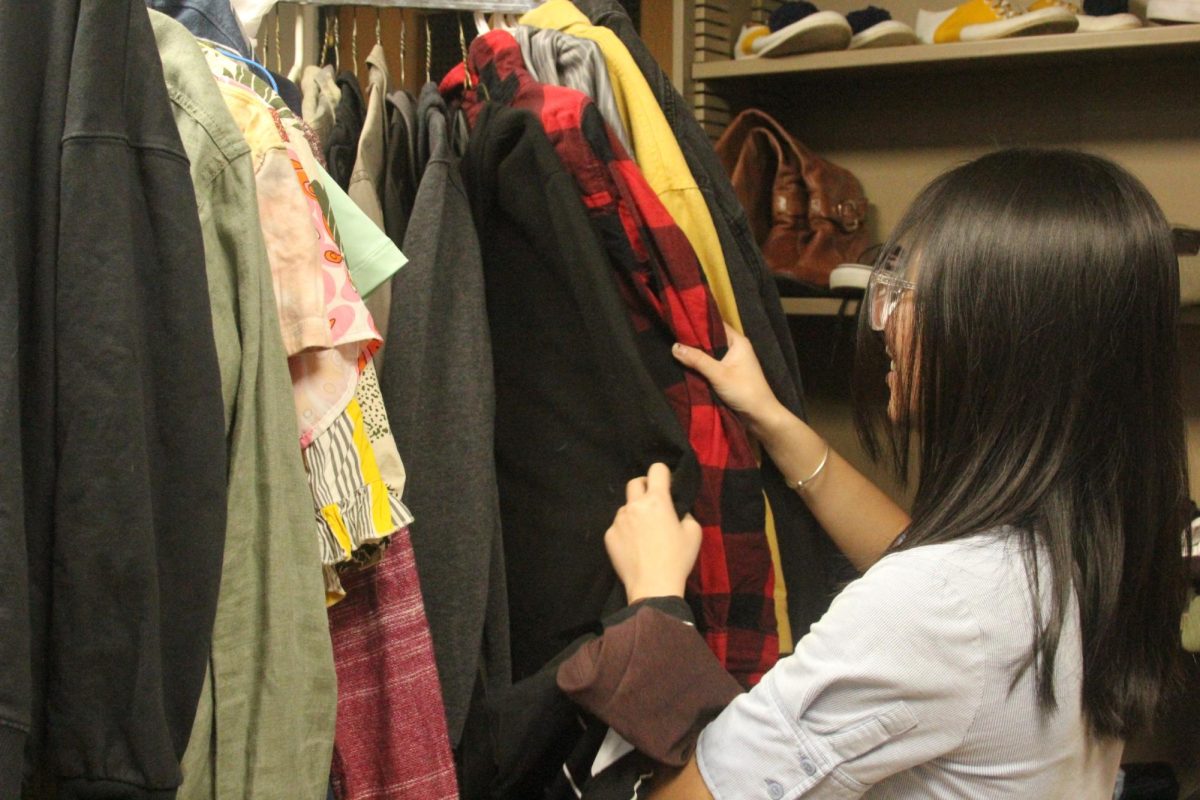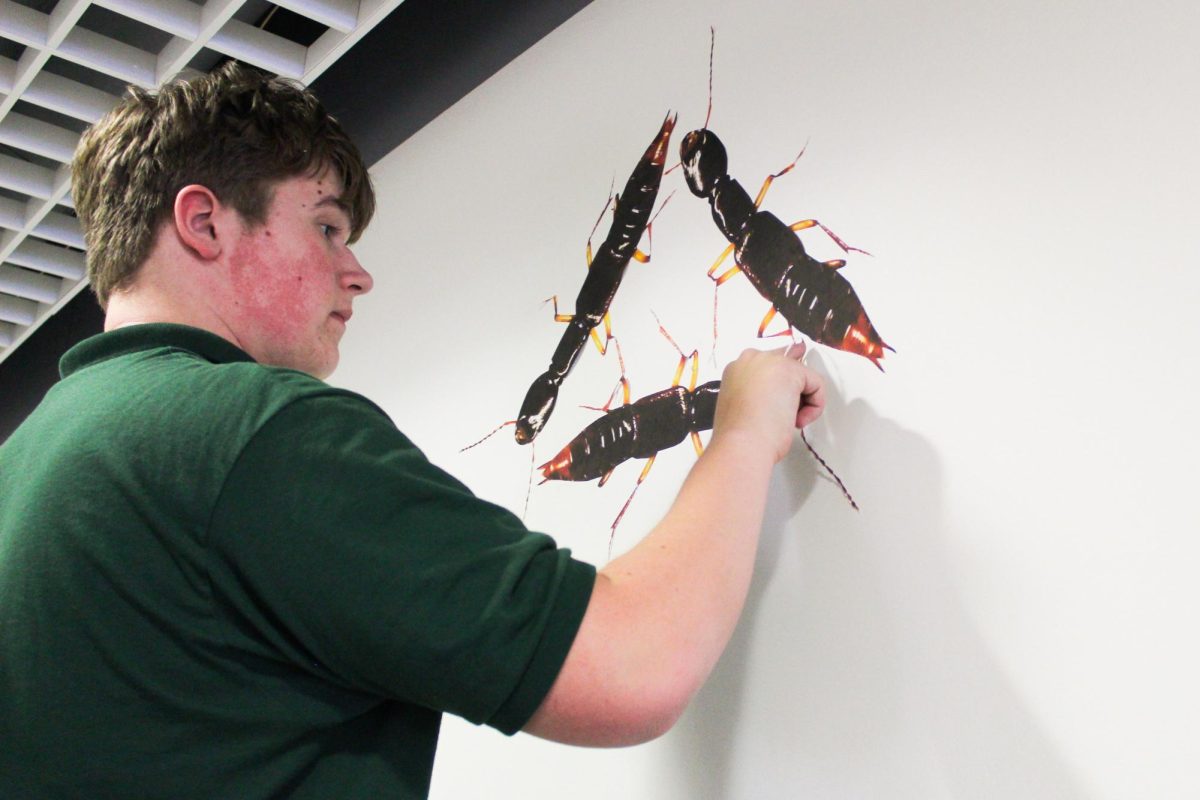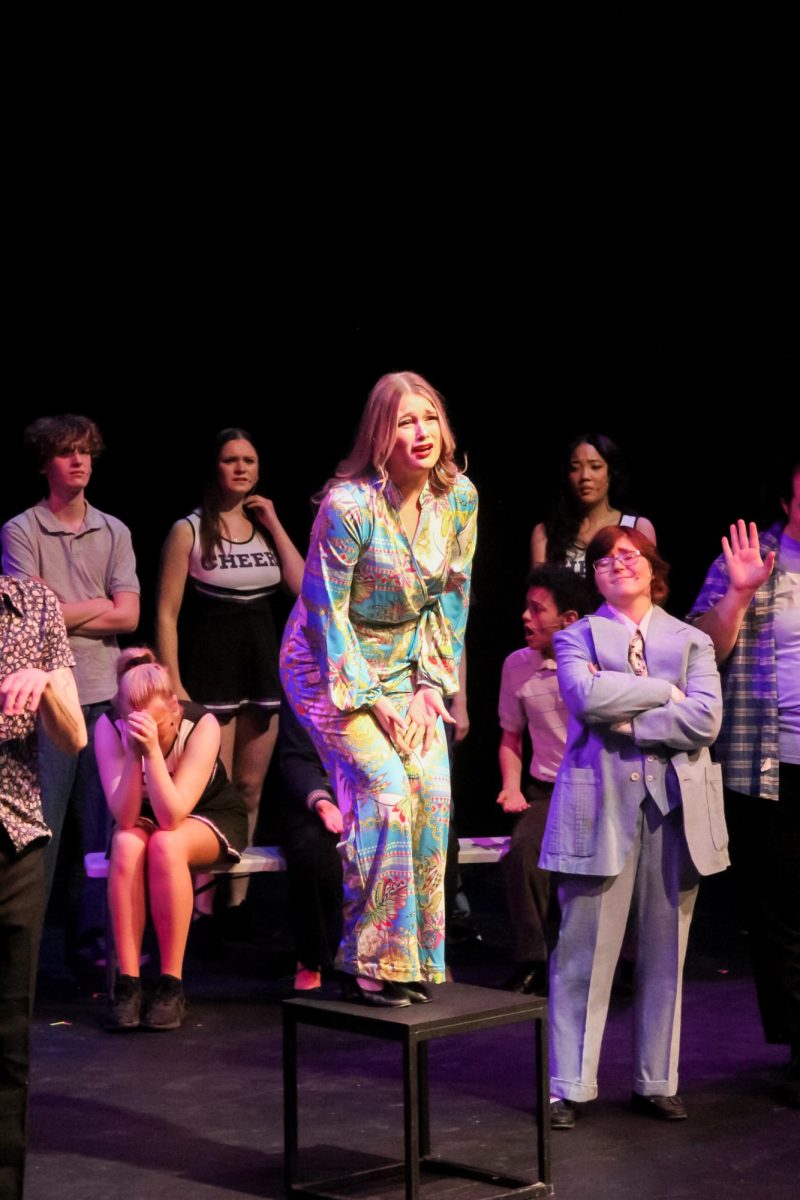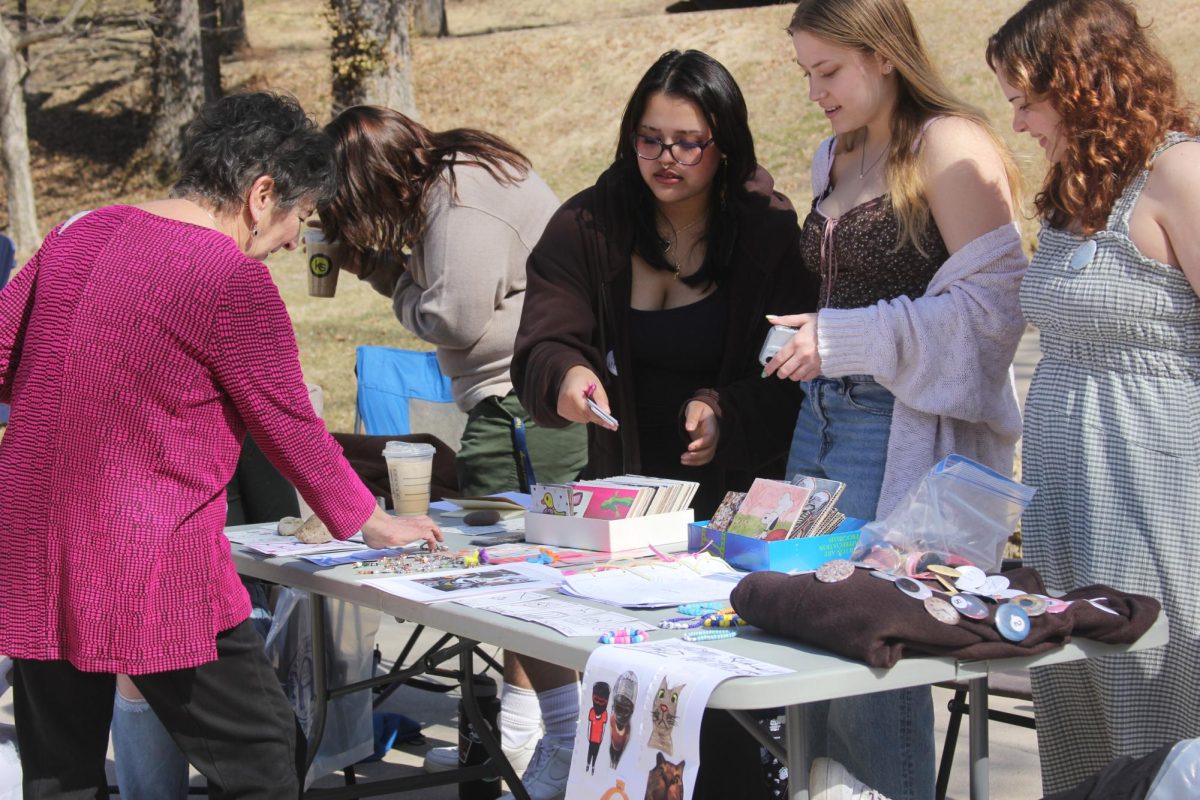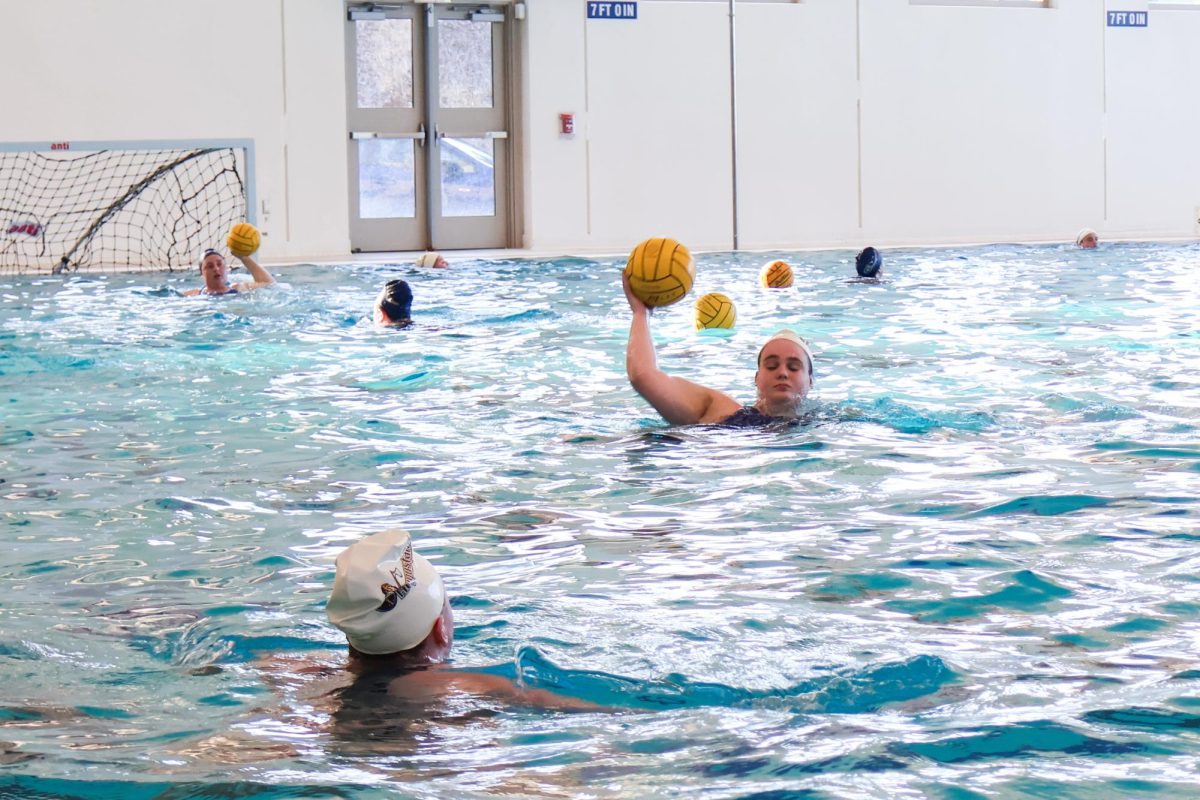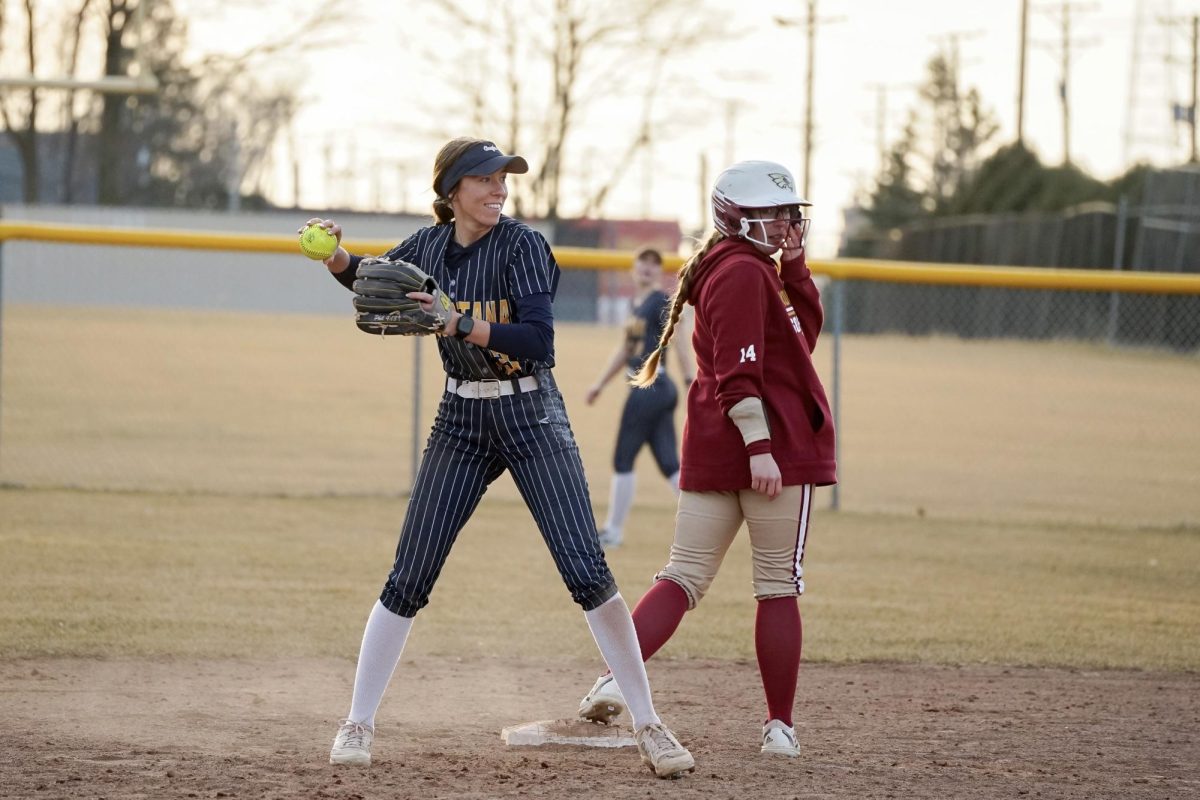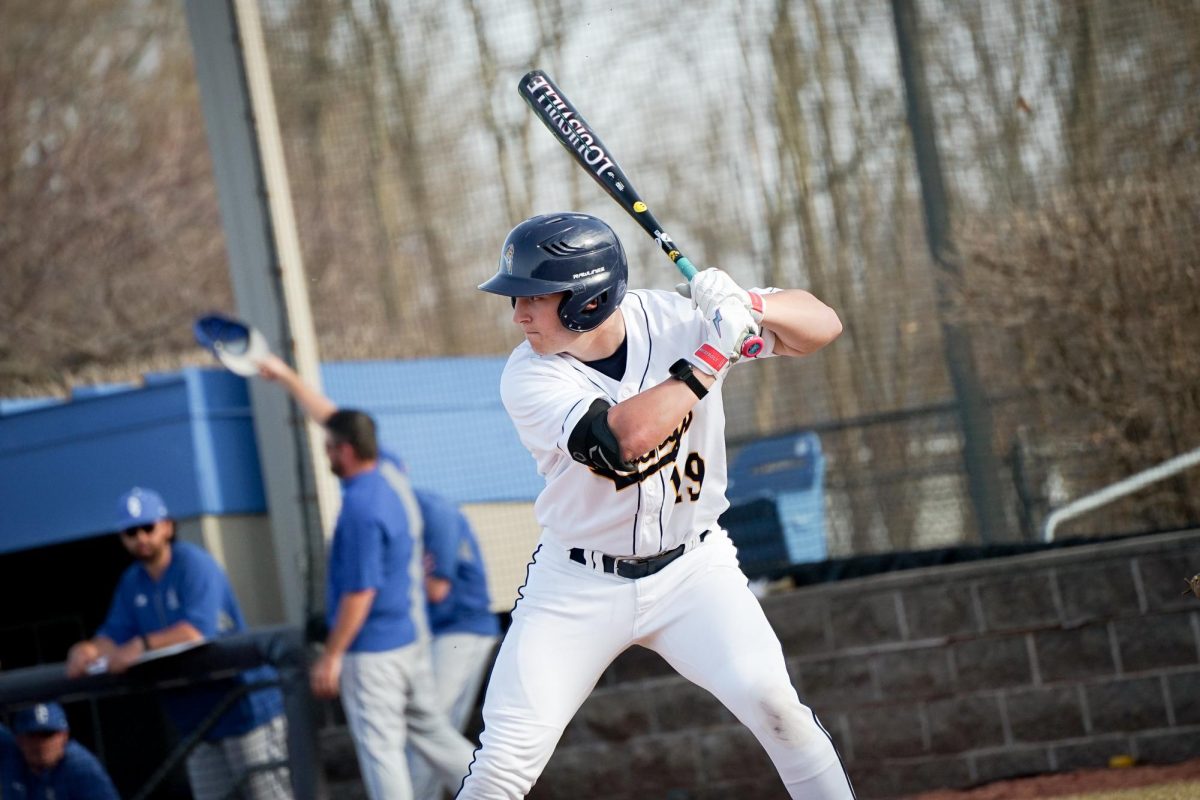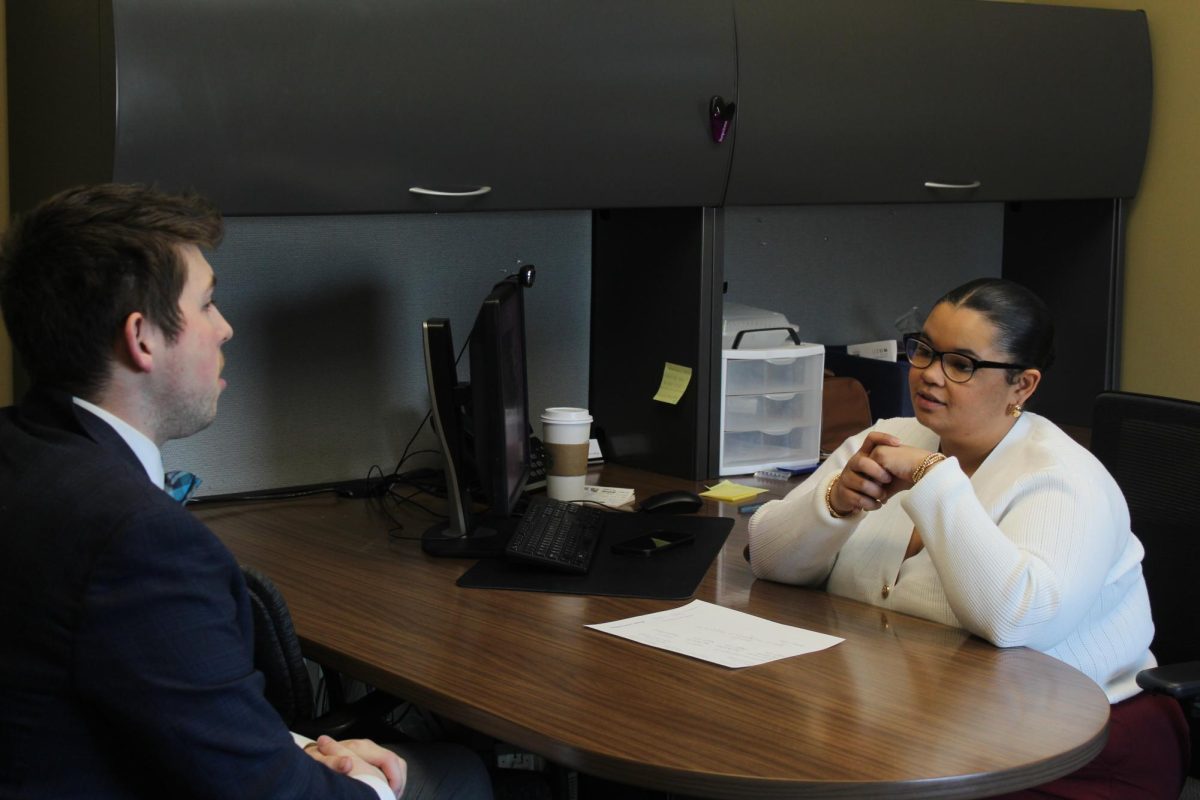This story is from the Observer’s Injustice and inequalities inside Augie magazine publication. Print March 2021.
This is by no means a comprehensive summation of Augustana’s entire history, but serves to highlight important milestones of student and administrative participation in the fight for social justice.
Change at Augustana College has been 160 years in the making, and the students have been a catalyst behind it all. Power comes from the students’ voices, the students’ actions and the students’ needs.
Augustana has created a diverse, inclusive and accepting environment, both in the classroom and surrounding student life. It would be poor judgment to credit this solely to the administration. This progress is largely the work of students fighting for a more inclusive school and demanding their voices be heard.
1964
The first significant act of social justice on Augustana’s campus was part of a national movement to raise money and awareness for Black families struggling with severe food insecurity. Despite the Thirteenth Amendment outlawing slavery, structural racism created inequalities that persisted beyond 1865.
The Fast for Freedom Food encouraged students to fast in solidarity and donate the cost of the skipped meals to the movement. 416 Augustana students signed up and participated in the fast, raising between $300 and $400.
In regards to the Freedom Fast at Augustana, college President C.W. Sorensen said he was “very pleased with the proposal, for one of its special merits is that it gives the students a chance to DO something—rather than act as bystanders.”
1969
In February 1969, the Representative Assembly, currently Student Government Association (SGA), and the Afro-American Society, currently Black Student Union (BSU), held a symposium titled, Confrontation ‘69: Black Power. The guest speakers included Dick Gregory, Andrew Hatcher, Rep. Adam Clayton Powell (NY) and Rev. Jesse Jackson.
Preceding the symposium, there were discussions around the college’s official stance. Of this, president C.W. Sorensen stated that the administration’s sponsorship of guest speakers does not imply approval or endorsement of their views.
A year earlier, an invitation to campus was extended to Strom Thurmond, who is most known for his record-holding filibuster against the Civil Rights Act, which lasted 24 hours and 18 minutes. This same year, students in the Quad Cities staged protests to prevent George Wallace from speaking. Wallace was the governor of Alabama at this time, and is remembered for his support of segregation and Jim Crow laws.
1971
In March of 1971, BSU and the Representative Assembly presented another symposium titled Minority Cultural Symposium. This event focused on literature, art and music. Speakers involved included Rev. Jesse Jackson, who spoke at the Black Power symposium, and Ricardo Ferre de Amarre, a professor at University of Illinois’s Chicago campus.
1972
On Wednesday, February 4, 1972 30 students, all members of the Black Student Union, sat in President C.W. Sorensen’s office after administration refused to sign a racial policy statement. Later in the spring, the administration agreed to sign a statement drafted by BSU and the Chicago Urban Pastors, but they fell through on this promise. The statement was excluded from the list of college policies.
When returning in the fall, the same 30 students promised to come back for a sit-in every week until a racial policy was instituted. According to clippings in Augustana’s Special Collections of the Rock Island Argus dated February 4, 1972, President Sorensen refused to sign a statement, but promised “to produce a viable, realistic alternative statement of official school policy.”
Because of student pushback, the college adopted an anti-racism policy, which resembled the statement BSU requested them to sign. A new policy was released on Feb 18, 1972 in a Memorandum from the Office of the President. The statement said, “Racist acts on the part of Augustana administration, faculty, students and staff will not be tolerated. Persons shown guilty of such acts, after due process, shall be removed from the Augustana community.”
1979
In late October of 1979, the college immediately placed Beta Omega Sigma (BOS)* on a one-year probation after performing a racist skit. The chapter paraded through the streets of Rock Island showcasing an active member dressed in blackface who was escorted by others dressed as KKK members. In response, the NAACP of Rock Island and Augustana’s BSU demanded sanctions be taken against the group. Every member of GAB was required to attend a racial reconciliation program, followed by an optional retreat with the members of the BSU.
Adrienne Powell, a member of BSU who attended the retreat, expressed how the event was beneficial to both Black and white students, but there was still work to be done. The Rock Island Argus published an interview on May 18, 1980, where Powell said the retreat was “definitely a good start, but we do have racial problems which come from individuals.” The individuals Powell seemed to be referencing were Augustana students who could not bear the consequences and dropped their enrollment at the college.
This event marked the first full-scale investigation by the human relations committee in five years.
1990
As powerful as student voices may be, they have not always been a beacon of justice. In the 1990 Rockety-I (Augustana College’s discontinued yearbook), an article was published detailing controversy over a gay rights movement.
In response to “Denim Day,” where Augustana students were invited to wear denim in support of gay rights, the Rockety-I notes that “letters of protest were written, many people refused to wear jeans or shorts, and controversy ran rampant around campus.” The campus community decided they were neither in support or opposition and the letters written by students expressed this position. The prominent argument was by only having two options—wearing denim or not— excluded the students who did not want to take a position.
Augustana Lighthouse Organization, which was a student group designed to support gay and lesbian students, were the organizers of this “Denim Day.” Students were furious over the dichotomy of the invitation, but Augustana Lighthouse commented that those who felt ostracized by the event should note that “gays are ostracized from society, in general, 365 days a year.”
2002
Voices of the students have always held power, but these voices are amplified when faculty listen and speak with them. In 2002, a custodian employed by Augustana College found his car spray painted with racial slurs. An incident report was distributed campus-wide and there were efforts to unveil the responsible parties. No success.
Students of color began confiding in faculty—advisors, favorite professors and mentors. Seeing the pain of students and how many felt unsafe to attend classes, Jeffery Strasser of the geology department started an email thread between him and his colleagues. In the exchange, they discussed how to react as individuals and as a community to support their students.
On April 30, 2002, a letter from the faculty was sent to the college community. It read: “It is not enough to say that such acts have no place in a community of learning… Such acts have no place anywhere.” The letter condemned any bold or subvert acts of racialized speech and actions and affirmed the experience of Black students.
2008
In early spring, students brought forth concern over a ‘Viva La Mexico’ themed party hosted by Phi Rho Sorority. Notes from a faculty retreat presentation detail the consequences of this insensitivity.
The Director of Diversity Services organized a discussion between students of color and sorority leaders. All members of Phi Rho attended diversity conferences, completed a mandatory number of service hours and designed a diversity workshop for other Greek groups.
2014
The summer of 2014 marked the tragic deaths of Tamir Rice, Michael Brown and Eric Garner. The Black Lives Matter movement was just beginning and people demonstrated across the United States against violent force from police. Support for this movement reached Augustana’s campus. Students self-organized to hand out information addressing racial issues.
Darien Marion-Burton, then president of BSU, said in a campus-wide email, “I felt compelled to send out a call for campus unity.” She mentions that BSU had no involvement in handing out pamphlets, but asked the students, faculty and administration to “support the efforts of engaged students who operate within college guidelines.”
In addition to pamphlets, students staged a ‘Die-in’ on December 11, 2014 to protest racial profiling. Students, faculty, and families gathered and laid down silent for seven minutes.
An article titled “Change missing after protests” was published in the Observer on December 13, 2014. Shylee Garrett wrote about being Asian-American on campus and walking past student protests on the way to classes. “The only change I’ve seen is an increased hostility and raw emotions toward race on this campus,” Garrett said. Concluding this article was an invitation to all students to attend a town hall forum hosted by the Observer.
2016
Early April, a resident in Erickson reported that a swastika had been carved into a bathroom stall. Rather than imposing a fine on the floor where the vandalism was found, Residential Life set aside their own Housing Code of Conduct and assumed the cost of the damages.
On May 13, 2016, Provost of the College Pareena Lawrence sent a campus-wide email detailing several racial incidents reported within the previous three weeks. The incidents included racist language being used toward other students, along with defacement of school property with hate symbols.
In the message, Lawrence says “It grieves us when a small group among us engages in hate speech and creates a climate where we experience our core identities being devalued and dismissed as irrelevant.”
The summer came and went, but racially motivated events only escalated with the onset of the 2016 Presidential election. In an incident known as The Chalkings, insensitive and racist comments inspired by former President Donald Trump were inked around campus.
Anticipating an escalation in racialized events, the administration created a Free Expression Zone. This was a portion of campus sidewalks outlined in dark blue stripes that chalk could be used on. In announcing this, the administration made clear that “messaging that goes against [Augustana’s] community principles of purpose, openness, and respect, accountability and care is subject to removal and disciplinary action as appropriate.”
On September 30, in the midst of Homecoming Events, Latinx Unidos held a march to protest the lack of diversity on campus and to critique the Administration’s passive reaction to the chalking events. Signs displayed during the march included ‘#HoldAugieAccountable’, ‘Hate Speech Doesn’t Equal Free Speech’ and other phrases intended to support inclusivity. Student leaders gave speeches at the conclusion of the event calling on Augustana to adopt an official hate speech policy.
After the 2016 Presidential election, the Women and Gender Studies department hosted a Post-Election Sticky Note Therapy that resembled a movement started in Manhattan Subway tunnels.
In a campus-wide email sent November 13, Dr. Jennifer Popple and Dr. Umme Al-Wazedi invited students to “show that we care for not only our African-American, Latin-American, Asian-American, immigrant, international, and trans/LGBTQ students/peers and other marginalized entities but also for ourselves as a community.”
The post-its from the event can be found in Augustana College’s Special Collections.
2018
In spring of 2018, Student Government Association (SGA) organized a walk-out protesting gun violence. This followed the Stoneman Douglas Highschool, Parkland Florida, shooting only a month earlier.
2020
In February 2020, the Observer published a story in memory of Chauncey Morton, a black student who was killed in his Andreen dorm in 1958. After continued student advocacy, Augustana Administration created a Chauncey Morton Task Force.
The meetings are closed and no public statements have been issued, but this committee is currently investigating the circumstances of his death and attempting to track down surviving family members.
On September 25, 2020 Augustana culture groups partnered with different offices across campus, including the Office of Student Inclusion and Diversity (OSID), to host a Vigil for Lives Lost. This event honored people of color who have been lost to police brutality.
The OSID partnered with the student-led movement “I stand with you.” November 7 marked the kick-off of this event, which raised funds for national Black Lives Matter movements and Augustana culture groups.
—
Faculty can set deadlines for classes and administration can write a handbook for how students should behave, but the students are in control of their college experience.
From Augustana culture groups banding together before the 2020 election, to preventing an anti-integration senator from speaking in the Quad Cities, to staging a sit-in at former president Sorensen’s office to adopt an anti-racism policy, silence has never been an option.
Augustana Students have collaborated, organized, marched, protested, sat-in, ‘Died-in’, stood up and spoke out. Silence has never been an option.
Student activism shaped Augustana into a community we know. It’s a core value that Augie students have shared since the college’s founding, and it is something that will continue on.
*CORRECTION: Due to a research error the fraternity involved with the racist skit in 1979 was Beta Omega Sigma (BOS) and not Gamma Alpha Beta (GAB).
